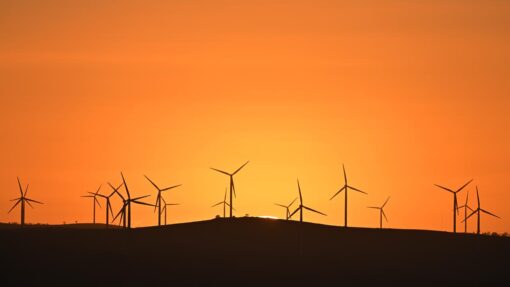Annual inflation soars to 7.3 per cent
Poppy Johnston |
Inflation has surged to 7.3 per cent annually in the September quarter, exceeding market expectations and likely dragging out the interest rate hiking cycle.
Inflation over the quarter hit 1.8 per cent, matching growth from the quarter before.
Underlying inflation – the figure the central bank pays most attention to when it makes its interest rate decisions – hit 6.1 per cent in the year to September.
Construction costs largely drove the lift in the CPI in September, according to the Australian Bureau of Statistics.
“Labour shortages in the house construction industry, leading to rises in labour costs, contributed to the rise in new dwellings this quarter,” the ABS’s Michelle Marquardt said.
The latest consumer price index figures follow the Albanese government’s first budget, which was broadly applauded for not pumping more stimulus into the economy and driving inflation higher.
Treasury also released its latest forecasts for inflation in the budget, with inflation expected to peak at 7.75 per cent.
But the latest round of floods and soaring energy prices are expected to keep inflation hovering around its peak for longer.
Floods in Tasmania, NSW and Victoria are predicted to push fruit and vegetable prices up by eight per cent over the next two quarters.
Power prices are expected to lift by 56 per cent over the next two years, according to the budget papers, while gas prices are also predicted to increase sharply.
Treasurer Jim Chalmers acknowledged the role of high energy prices in the 7.3 per cent inflation read for the September quarter, but said inflation was still expected to peak at 7.75 per cent.
“We still expect inflation to peak around the same level towards the end of the year,” he told reporters in Canberra.
“Petrol prices have come off a bit quicker, but groceries and electricity prices are becoming a bigger component.”
AMP Capital’s Diana Mousina said the latest inflation figures proved inflation was high across the board.
“Goods prices inflation remains the main driver of higher prices, with goods inflation up by 9.6 per cent over the year while services prices is 5.1 per cent higher,” she said.
Ms Mousina expects to see goods inflation come down in 2023, but worries high goods inflation may have seeped into services prices.
“Services inflation at 5.1 per cent over the year is far too high, especially as wages growth is expected to rise from here,” she said.
The latest evidence of stickier-than-expected inflation has prompted AMP Capital economists and several of their counterparts to revise their predictions for future interest rate hikes.
Ms Mousina and her colleagues expect to see an extra hike of 0.25 per cent hike in December to take the cash rate peak to 3.1 per cent by the end of the year.
NAB economists have added another two 25 basis point cash rate hikes in February and March to their forecast.
“In these circumstances, the RBA will need to move monetary policy into more clearly restrictive territory to ensure inflation returns to target, and as such we have revised up our terminal rate expectation to 3.6 per cent from 3.1 per cent,” NAB’s Alan Oster said.
“We see 25bp moves as likely, but a 50bp rise in November is possible, given today’s CPI print,” he added.
The RBA board will meet next Tuesday to make its November cash rate decision.
AAP


